Prototyping circuits is still a pain. The typical process is to order your PCBs, await their arrival, hand assemble a board, and start testing. It’s time consuming, and typically takes at least a week to go from design to prototype.
The folks at BotFactory are working on fixing that with the Squink (Kickstarter warning). This device not only prints PCBs, but also functions as a pick and place. Rather than using solder, the device uses conductive glue to affix components to the substrate.
This process also allows for a wide range of substrates. Traditional FR4 works, but glass and flexible substrates can work too. They’re also working on using an insulating ink for multilayer boards.
While there are PCB printers out there, and the home etching process always works, building the board is only half the battle. Hand assembly using smaller components is slow, and is prone to mistakes. If this device is sufficiently accurate, it could let us easily prototype complex packages such as BGAs, which are usually a pain.
Of course it has its limitations. The minimum trace width is 10 mils, which is a bit large. Also at $2600, this is an expensive device to buy sight unseen. While it is a Kickstarter, it’d be nice to see an all in one device that can prototype circuits quickly and cheaply.

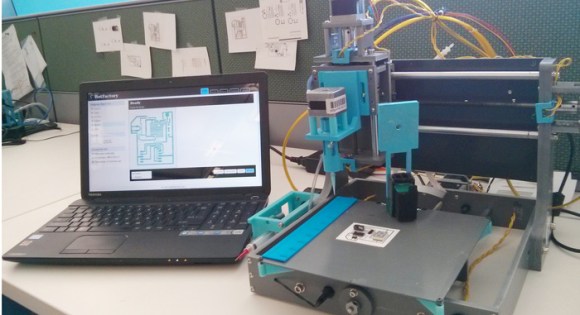
 First rule of reading anything: if a headline is an interrogative, the answer is a resounding ‘no’. This might be the one exception to that rule.
First rule of reading anything: if a headline is an interrogative, the answer is a resounding ‘no’. This might be the one exception to that rule.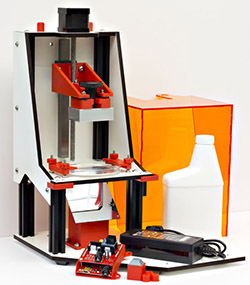 Over the last few years, a few resin / stereolithography printers have been made a few headlines due to print quality that cannot be matched by the usual RepRap style filament printers. These used to be extremely expensive machines, but lately there have been a few newcomers to the field.
Over the last few years, a few resin / stereolithography printers have been made a few headlines due to print quality that cannot be matched by the usual RepRap style filament printers. These used to be extremely expensive machines, but lately there have been a few newcomers to the field. 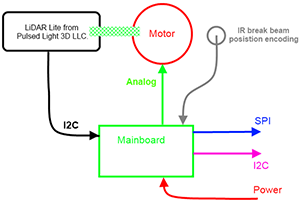 [Patrick] has spent a lot of time around ground and aerial based autonomous robots, and over the last few years, he’s noticed a particular need for teams in robotics competitions to break through the ‘sensory bottleneck’ and get good data of the surrounding environment for navigational algorithms. The most well-funded teams in autonomous robotics competitions use LIDARs to scan the environment, but these are astonishingly expensive. With that, [Patrick] set out to create a cheaper solution.
[Patrick] has spent a lot of time around ground and aerial based autonomous robots, and over the last few years, he’s noticed a particular need for teams in robotics competitions to break through the ‘sensory bottleneck’ and get good data of the surrounding environment for navigational algorithms. The most well-funded teams in autonomous robotics competitions use LIDARs to scan the environment, but these are astonishingly expensive. With that, [Patrick] set out to create a cheaper solution.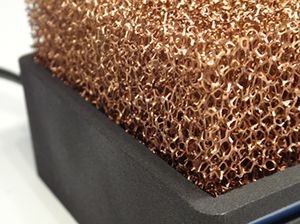
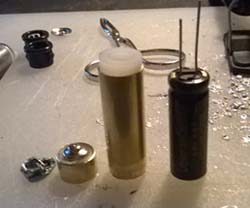 Lithium ion supercapacitors. No, not lithium ion batteries, and yes, they’re a real thing. While they’re astonishingly expensive per Farad, they are extremely small and used as the first line of defense in some seriously expensive heavy-duty UPS installations.
Lithium ion supercapacitors. No, not lithium ion batteries, and yes, they’re a real thing. While they’re astonishingly expensive per Farad, they are extremely small and used as the first line of defense in some seriously expensive heavy-duty UPS installations. 









